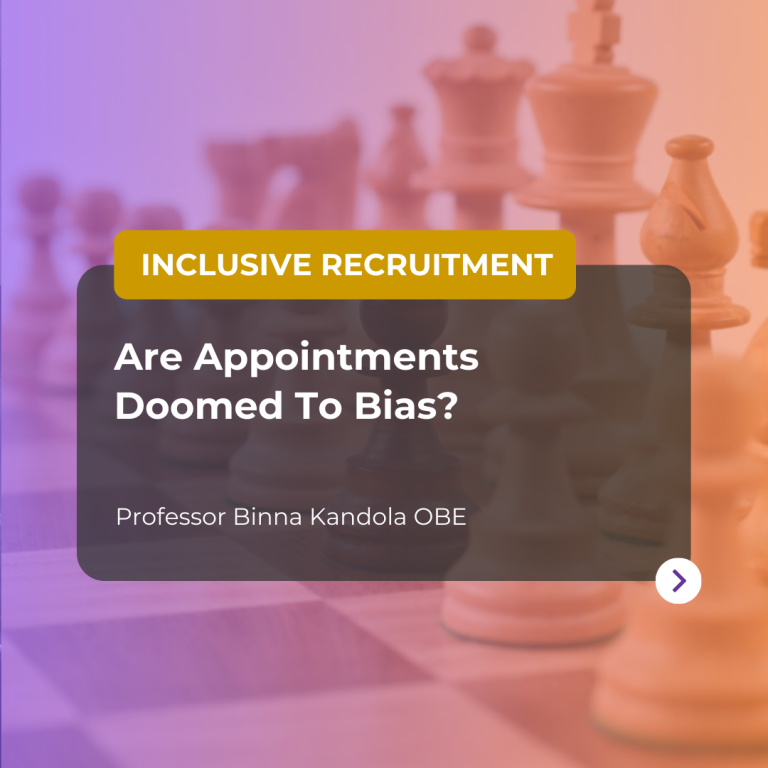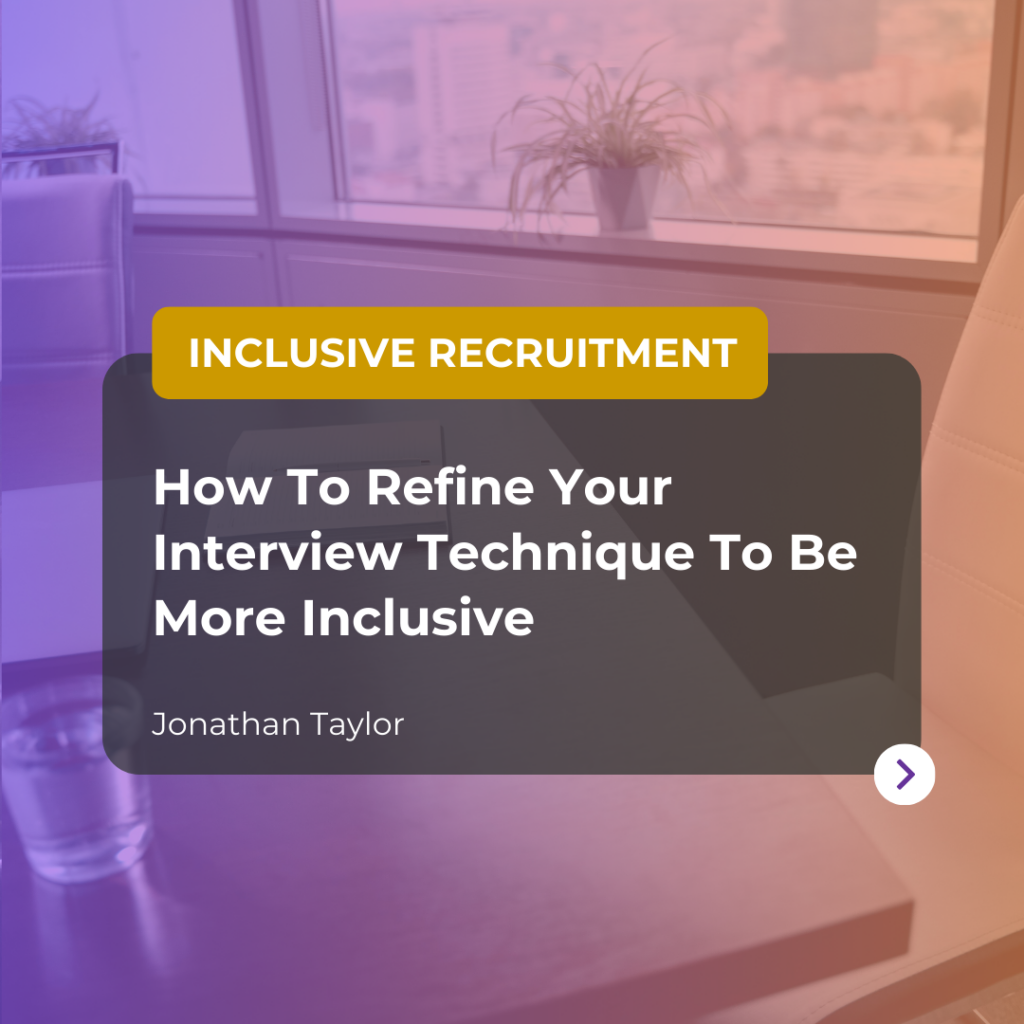What is an ‘identity-conscious’ approach?
When organisations are consciously trying to establish and hit diversity targets, they may implement an ‘identity-conscious’ approach to recruitment. This means that candidate shortlists would have to include a certain number of men, women and different ethnic minority backgrounds, and it seeks to ensure proper consideration is given to females and minority candidates.
Does it work in practice?
A multinational business, headquartered in the USA, introduced a policy a few years ago that was designed to increase the level of diversity in its senior ranks. When appointing a leadership role, the shortlist of candidates had to include at least two women and one person who was visibly from an ethnic minority background.
Despite this policy being in place, there was no significant increase in the number of women or ethnic minority candidates actually being appointed to senior roles. There was a diverse slate of candidates – the policy was adhered to – but ultimately when the final decision was made it was white men who were selected.
In practice, compliance with the policy had become nothing more than a box-ticking exercise. I was told by decision-makers in the company that on reviewing the shortlist, they would regularly say, “Oh no, we need to put a minority on the list.” They knew from the start, however, that the person was never going to be appointed.
’Identity-conscious’ policies are widely disliked by managers; a common complaint being that they lead to a reduction in the quality of the people appointed, for the sake of meeting a diversity quota. However, when it comes to gender, generally speaking, standards are lowered to allow the appointment of men.
Gender stereotypes in leadership
Unconscious biases and stereotypes can get in the way of recruiting for leadership roles.
Stereotypically, men are viewed as being egocentric. They are task-focused, assertive, confident and dominant. Women, on the other hand, are stereotypically seen as being more communal, warm, empathetic and caring.
To be considered for leadership roles in organisations, there may be pressure or expectation for women to display qualities which go against the stereotype. However, it’s a double-edged sword because in doing so, they risk being seen as difficult to work with and becoming unpopular with their male colleagues.
In many modern organisations, there is an emphasis on having more women in the talent pipeline, which is, of course, a good thing. However, this is the equivalent of being placed on the shortlist, and when the actual decisions are made it is still men who are more likely to be forwarded. This has been observed even in settings where women are in the majority; such is the extent of the unconscious perception of leadership among both men and women.
Building knowledge and skills for unconscious bias
The ‘identity-conscious’ approach is in contrast to ‘colour-blind’ methods of appointment. Here, those responsible for the hiring process will genuinely believe that they are totally fair and objective in their decisions. You will often hear these individuals say, “It makes no difference to me whether someone is male, female, black, white or green with purple spots.” This statement, while full of good intent, is actually deluded, as these things do matter. Ironically, people who believe they are not biased have been shown to make the most heavily biased decisions. The lack of self-reflection and the denial of even the possibility of bias makes it even more likely to occur.
Identity-conscious approaches, therefore, appear to provide an easy, if disliked, solution to an organisation’s lack of diversity. However, such policies miss the point altogether. It seeks to improve the symptoms rather than address the root behavioural causes. Instead, the organisation should strive to improve the knowledge and skills of those involved in the selection process.
Increasing accountability for the recruitment process
Research shows that interviewers who understand how bias occurs in the selection process, and that biases operate differently for different groups, make fairer and much more accurate assessments of candidates than untrained ones.
Finally, one of the most powerful ways to improve the accuracy of decision-making and to achieve greater diversity is to make those involved in the selection process more accountable for the decisions they make. Asking them to justify their appointments improves diversity, without having to adopt identity conscious policies.
This article is part of our series about Racism at Work: The Danger of Indifference, our latest book. If you would like to purchase a copy, go to Amazon.







